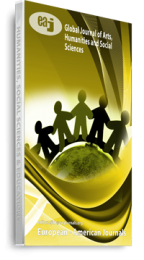The origin of the ivory discovered in the 17th century Portuguese trading (Bom Jesus) shipwreck at Oranjemund remains inconclusive. This article seeks to discover from a written historical perspective the potential African habitat and origin of the elephant tusks discovered at Oranjemund shipwreck. A historical analysis of primary and secondary sources is used in this study. The finding from this report is that the ivory discovered in the Bom Jesus shipwreck was most likely from West Africa. It has been proven that Central and West African Regions were inhabited by Forest and Savanah elephants with tusks similar to those found in the shipwreck in the 17th century. The elephants were hunted in their numbers and there were ready markets in Central and West Africa which were opened to Portuguese traders. While we agree that a DNA analysis of the ivory will add more knowledge to the origin of the ivory, we can conclude through this historical analysis that the ivory from the Oranjemund Shipwreck was most likely from West Africa.
Keywords: Bom Jesus, Ecological Habitat, Geographic Origin, Mary Rose Warship, Oranjemund Shipwreck

